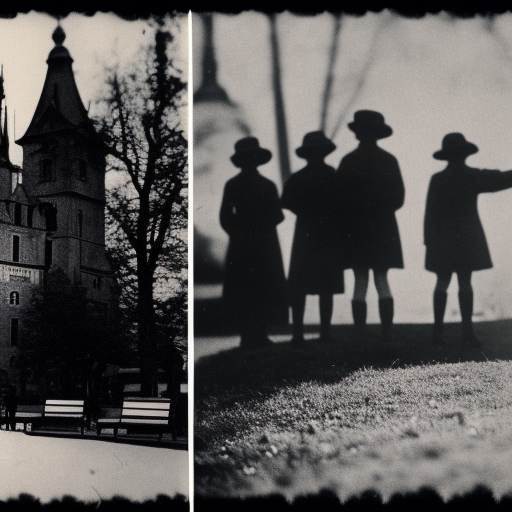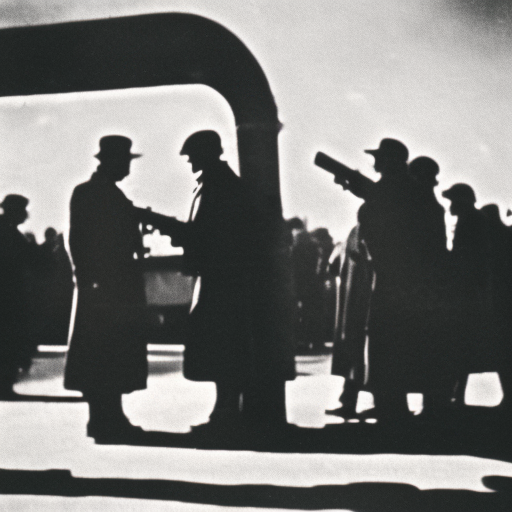The Weimar Republic (1919-1933)
The Weimar Republic refers to the democratic government established in Germany after the end of World War I and the abdication of Kaiser Wilhelm II. It was named after the city of Weimar, where the new constitution was drafted. The Weimar Republic faced numerous challenges during its existence, including political instability, economic crises, and social unrest. Despite its efforts to establish a stable democracy, the Weimar Republic ultimately failed, paving the way for the rise of Adolf Hitler and the Nazi Party.
Formation and Early Challenges
The Weimar Republic was born out of the chaos and defeat of World War I. In November 1918, the German monarchy collapsed, and a provisional government was established. The new government faced immediate challenges, including the signing of the Treaty of Versailles, which imposed heavy reparations on Germany and led to widespread resentment among the population. Additionally, the country was plagued by hyperinflation, unemployment, and political violence from both left-wing and right-wing extremist groups.
The Constitution and Democratic Reforms
The Weimar Republic introduced a new constitution in August 1919, which established Germany as a federal republic with a parliamentary system. The constitution guaranteed civil liberties, such as freedom of speech and assembly, and provided for universal suffrage. It also created a President as the head of state and a Chancellor as the head of government. However, the political landscape remained fragmented, with numerous political parties vying for power.
Economic Challenges and Hyperinflation
One of the biggest challenges facing the Weimar Republic was the economic crisis. Germany struggled to pay the war reparations imposed by the Treaty of Versailles, leading to hyperinflation and a devaluation of the currency. The value of the German mark plummeted, causing severe economic hardship for the population. People’s savings became worthless, and basic necessities became unaffordable. This economic turmoil further eroded public trust in the government and fueled political extremism.
Social Unrest and Political Extremism
The Weimar Republic was plagued by social unrest and political violence. Left-wing groups, such as the Communists and Spartacists, sought to overthrow the government and establish a socialist state. Right-wing extremist groups, such as the Freikorps and later the Nazi Party, also posed a significant threat. Political assassinations and street battles between rival factions became common, destabilizing the country and undermining the democratic institutions.
The Great Depression and the Rise of the Nazis
The Great Depression of 1929 further exacerbated the economic crisis in Germany. Unemployment soared, and the government struggled to provide relief to the suffering population. Amidst this turmoil, the Nazi Party, led by Adolf Hitler, gained popularity by promising to restore Germany’s former glory. Hitler capitalized on the public’s frustration and anger, using propaganda and intimidation to consolidate power.
The End of the Weimar Republic
In 1933, Hitler was appointed Chancellor, and the Weimar Republic came to an end. The Nazi Party quickly dismantled democratic institutions, suppressed opposition, and established a totalitarian regime. Hitler’s rise to power marked the beginning of one of the darkest chapters in human history, as Germany descended into fascism and initiated World War II.
In conclusion, the Weimar Republic faced significant challenges during its existence, including political instability, economic crises, and social unrest. Despite its efforts to establish a stable democracy, the Weimar Republic ultimately failed, leading to the rise of Adolf Hitler and the Nazi Party. The lessons learned from this period in German history serve as a reminder of the fragility of democracy and the importance of addressing the root causes of political extremism and economic instability.












